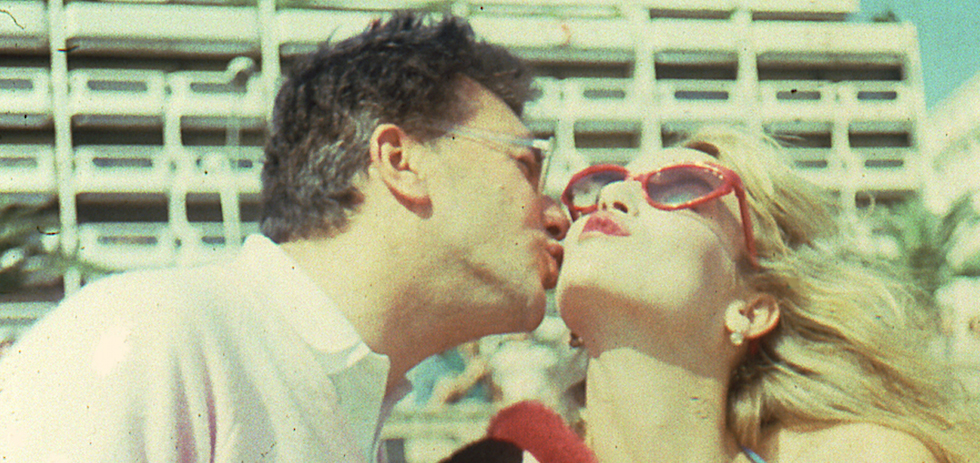
There is a poignant scene in The Last Impresario where the elderly Michael White is asked if he has any desires for stability in his life. He replies by suggesting that there would be plenty of time for stability after one dies. This is the time to live. This is the biggest achievement of the documentary – which gets at the essence of producer Michael White – the celebration of the man’s will to live. A life of action, of defiance, of love, of cruelty, of fame, magnanimity and pushing boundaries. A life that is not so easily defined because it doesn’t check all the boxes. And Otto’s genius lies in the fact that she does not try to box it in either – to present a picture that you might easily categorise or classify. She retains the enigma of the personality of Michael White, the essence of his being, and in doing that, presents a beautiful representation of the complexity of White’s different facets.
The narrative unfolds through short, sharp interviews with many famous personalities whose life White shaped over the years. The decision to hold back White from talking about himself, but rather, letting the interviewees put the pieces of his personality together has a kind of Rashomon effect, and is in turn, very powerful. It helps keep the enigma of Michael White intact, as Otto is in complete control of the information she wants to disseminate – the pacing of it and how it needs to be done. White’s own treasure trove of almost 20,000 plus photographs, which feature extensively, serves as snippets of a time capsule that reveals quite a bit about him – perhaps more so than any interview ever could. Michael’s photographs are not just a timeline of his life. They are still portraits of a way of life; a way of life that has got lost somewhere in the pages of history. Through these photographs, the audience can in a way re-live those moments in an authentic way.
Otto’s directorial vision is complimented by the astute skill of the documentary’s editor Karen Johnson (Griff the Invisible). Johnson must be lauded for keeping the pace of the documentary quite swift, given the fact that there is plenty of information that is disseminated in the film. The documentary is able to strike the precarious balance between being quite information heavy, yet the narrative does not resemble an info-dump. The narrative moves swiftly and decisively, whereas Michael White is the centrefold that holds the documentary together. For many documentaries, this balance is so hard to achieve and many have sacrificed narrative integrity to descent into info dumps.
Lisa Savage’s archival prowess is in full form. The documentary has some incredibly rare footage and photos. There are some incredibly rare photos of John Cleese, Yoko Ono and The Happenings. They add gravitas to a man who was avant-garde and anti-establishment in the 1960s, and a promoter of sheer talent above any considerations of content, race, ethnicity or gender. This purity of conviction is inspiring and revelatory and Savage’s skills are integral to this realisation.
Michael Yezerski’s original composition emphasises the pathos of White’s troubled childhood, especially since his childhood plays such an important part in shaping his personality. The loneliness of a young, asthmatic child is hauntingly evoked through the score. In contrast, musical supervisor Andrew Kotatko’s infusion of peppy tracks punctuates the changes in tone and the narrative arc. The music is an integral of this documentary, which accentuates the experience of watching the film for the audience.
Yet, it is the narrative integrity of this documentary that wins you over. The two key moments of White’s career – both Australian connections – Barry Humphries and The Rocky Horror Picture Show – are handled deftly, but at the same time, with a refreshing sense of honesty. The documentary never loses sight of its vision – it is the Michael White story – in all its grandeur, cruelty and pathos. The willingness to revel in the complex strokes of Michael White makes The Last Impresario a truly inspiring and impactful documentary. It is able to reconcile the irrefutable contradiction – of someone who was, and continues to be, larger than life, but at the same, was a dear friend on a personal level to almost anyone he came across.
